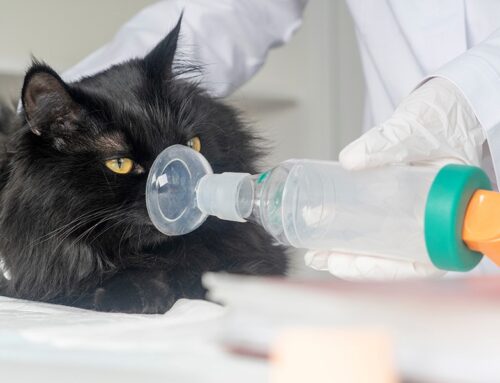Most pet owners know that chocolate is dangerous for dogs, but understanding exactly why can help you keep your furry friend safe, especially during festive times when chocolate treats are plentiful.
Let’s dive into the details of why chocolate is harmful to dogs, what to do if they accidentally eat some, and how to prevent mishaps.
Why is Chocolate Toxic for Dogs?
Chocolate contains two main ingredients that are toxic to dogs: theobromine and caffeine. Unlike humans, dogs metabolize these substances much more slowly, which can lead to toxic compounds building up in their bodies. Theobromine primarily affects the central nervous system, cardiovascular system, and kidneys in dogs, and even a small amount can lead to serious health issues.
The amount of theobromine varies in different types of chocolate:
- Dark chocolate and baking chocolate: These have the highest theobromine content and are especially dangerous for dogs.
- Milk chocolate: While less toxic than dark chocolate, milk chocolate can still cause illness if ingested in significant amounts.
- White chocolate: This has the least theobromine, but it’s not risk-free as it still contains fat and sugar that can upset a dog’s stomach.
Symptoms of Chocolate Toxicity in Dogs
Signs of chocolate toxicity usually appear within 6–12 hours of ingestion and can vary depending on the amount consumed, as well as your dog’s size, age, and health. Look out for these common symptoms:
- Vomiting and diarrhea
- Excessive thirst and urination
- Restlessness or hyperactivity
- Rapid heart rate
- Tremors or muscle twitching
- Seizures
In severe cases, chocolate toxicity can lead to coma or even be fatal. If you suspect your dog has eaten chocolate, it’s crucial to act quickly.
What to Do if Your Dog Eats Chocolate
- Assess the amount and type of chocolate: Knowing how much chocolate your dog ate and its type (dark, milk, or white) can help your vet determine the level of risk.
- Contact your vet immediately: Even if you think it was a small amount, it’s best to err on the side of caution. Your vet can advise you on what steps to take and may suggest bringing your dog in for treatment if the amount ingested is potentially harmful.
- Do not try to induce vomiting unless instructed by your vet. In some cases, this can cause more harm than good, depending on the dog’s current condition and the timing.
Treatment may involve inducing vomiting if the chocolate was ingested recently, administering activated charcoal to limit absorption, or providing IV fluids and medications to manage symptoms like tremors or seizures.
Prevention Tips: Keeping Your Dog Safe
- Store chocolate securely: Keep chocolate and other sweets well out of reach, especially if your dog is tall or a known counter-surfer.
- Be mindful during holidays: Easter, Halloween, and Christmas are common times when chocolate is easily accessible. Remind guests not to give chocolate treats to your pet.
- Know common foods containing chocolate: Chocolate isn’t just found in bars. Baked goods, desserts, and some flavoured coffees or ice creams may contain chocolate, so stay vigilant.
Remember, It’s Better to Be Safe
Chocolate ingestion is one of the most common preventable emergencies we see in dogs. By understanding the risks and taking proactive steps, you can keep your pet safe from chocolate toxicity.
If you’re ever in doubt about your dog’s safety, don’t hesitate to call our clinic – we’re here to help keep your pets happy and healthy!



